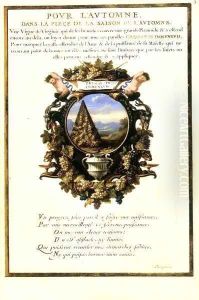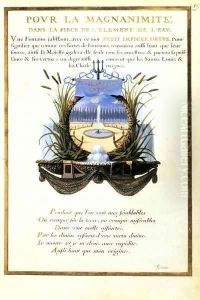Jacques I Bailly Paintings
Jacques I Bailly was a French painter, draughtsman, and engraver, born in 1629 in Paris. He was part of a family of artists and is often confused with his better-known brother, the astronomer and painter Jean-François Bailly. Jacques I Bailly's career was somewhat overshadowed by his brother's success, but he nonetheless made significant contributions to the art world during the 17th century.
Bailly was initially trained by his father, a minor painter, from whom he learned the fundamentals of painting and drawing. He later worked under the tutelage of other established artists of his time. Although not as famous as his contemporaries, Bailly developed a reputation for his skill in portraiture and miniature painting, which were popular during the 17th century, particularly among the French nobility and the burgeoning bourgeoisie seeking to assert their status and wealth.
In his work, Jacques I Bailly often focused on the details that could capture the character and essence of his subjects. His miniatures and portraits are characterized by their refined execution and attention to detail, particularly in the rendering of fabrics and textures. As an engraver, he contributed to the reproduction and dissemination of the works of other artists and his own designs.
Despite his artistic talents, Jacques I Bailly did not achieve the same level of fame as some of his peers. He has been described as a modest artist who worked diligently but without the flamboyance or ambition that might have elevated his status in the competitive art scene of his time. Nevertheless, his works are a testament to the skill and artistry of the period and provide insight into the subtleties of French portraiture.
Jacques I Bailly died in 1679, leaving behind a body of work that, while not extensive, reflects the cultural and artistic values of his era. Today, his works can be found in various art collections and museums, and they continue to be studied for their contribution to the art of miniature painting and portraiture. His legacy, although not as celebrated as that of some of his contemporaries, is that of a skilled and dedicated artist who captured the likenesses of his subjects with elegance and precision.

